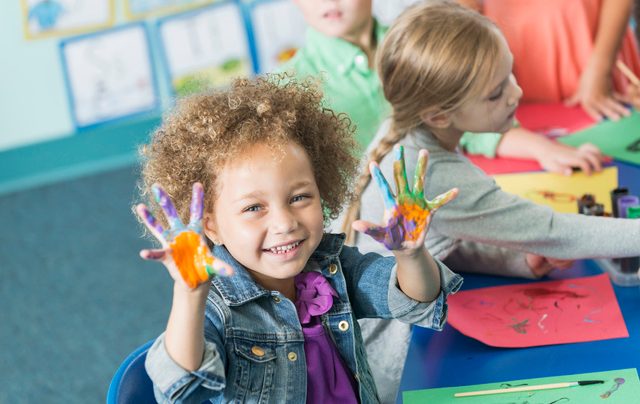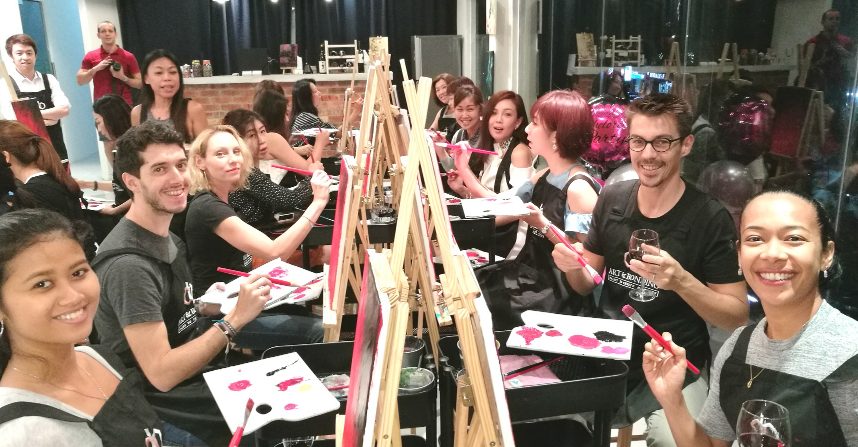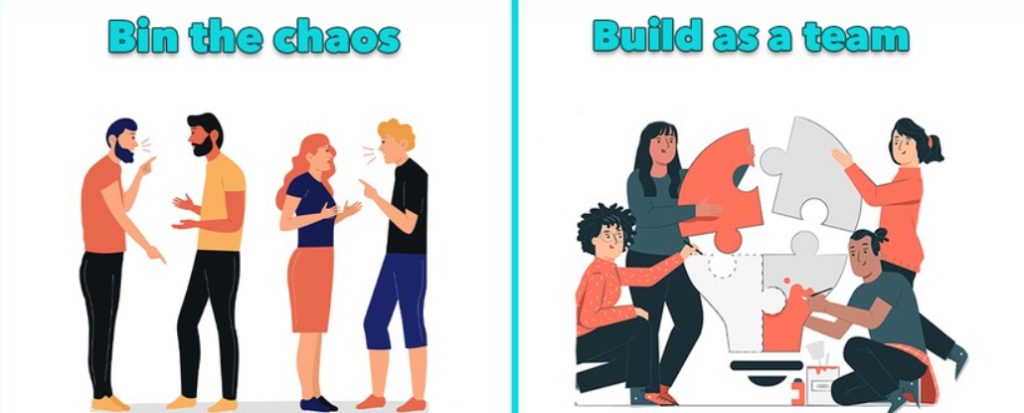The arts cover a wide range of human activities, including storytelling, creative expression, and cultural participation. They comprise of a variety of multifarious styles that involve the ability or creativity to produce visually appealing items, situations, or experiences that may be shared with others. The arts include, but are not limited to, music, dance, drama, folk art, architecture, creative writing, painting, and related fields such as sculpture, photography, graphic and craft arts, costume, as well as, fashion design. Usually, people neglect the arts as they believe them to be just hobbies in a child’s life. However, that is not the case. Drama and art play an essential role in the education and development of a child. Let’s find out how in this article!
Why are drama and art essential in education?
It has been demonstrated that those participating in the arts may engage their mind, emotions, and body in ways that allow them to flow through real-life circumstances with empathy, understanding, emotional intelligence, and confidence. As a result, it is critical to get children involved in the arts at a young age in order to provide them with all of the required abilities to navigate life. The following are some of the benefits of art instruction in education:
Increase Self-Confidence

Drama and art allows students to develop their self-confidence. Inherently timid youngsters learn how to traverse the stage, and anxious children may find solace in the art scene. Furthermore, the arts challenge students to function outside of their comfort zones, and when they do, they feel more confident in presenting their work to the public.
Thus, this is an incredibly fundamental value of art in education since it helps students to transition into different fields as they get older.
Improve Communication
Another reason why people should include art in education is the improvement of communication, which is required for a child’s appropriate growth and development. The arts bring youngsters together by putting them in groups for different activities. Learning to be a team player at such an early age will carry over into your child’s adolescence and adulthood, assuring your child’s ability to interact successfully with others.
Communication is diverse and may take many forms and children who are involved in the arts can learn one, two, or all of these abilities. Children who opt for drama in education, perform better in public, understand body language, and modify their tone accordingly. On the other hand, children who chose music may not require comprehensive verbal communication abilities but rather may be able to communicate nonverbally. As a result, the child’s ability to listen and read nonverbal cues improves, and in the future, an advanced listener will be able to build cultural leadership abilities.
Help Master Emotions
Children may also master emotions by learning or practicing. This allows youngsters to express themselves correctly in a non-judgmental environment. Anger, happiness, and melancholy are studied and comprehended, providing an effective learning environment for real-life applications. Conquering emotions and correctly expressing them foster a child’s independence.
Enables Creative Expression
Through art and drama in education, children may learn about the world in a new manner. Drama and art have many approaches. Therefore, these courses allow students to identify a novel approach to a topic and express themselves freely. This allows children to view the larger picture and develop problem-solving abilities. Problem-solving abilities are the foundation of each inventor’s work.
Encourage Bonding

The arts guarantee that students, regardless of discipline, work together. Students in drama and music who are preparing for performance have the opportunity to rehearse together. They will be able to cooperate on their own in the future to compose plays, make music videos, produce movies, or even join a band.
All in all, children who succeed in the arts, form cliques and networks that last a lifetime.
Encorages Discipline
Students must practice art regularly in order to improve. This entails establishing a practice schedule and getting the desired results. Students might gain discipline as a result of consistent training.
Academic Performance Enhancement
One of the advantages of art and drama in education is that it transcends expression and crosses over into academic performance. Students in arts are able to use the subjectivity of the arts in study approaches that allow them to flourish in other fields. According to research, kids who participate in the performing arts at least three times a week are more likely to be recognized for their academic achievements.
Learn Crucial Life Skills

Preparing for a play, concert, or art show can be a stressful task, but the benefits are vast. While doing so, students continually receive acute feedback, both positive and constructive. This promotes their advancement while also educating them with the life skills required for the outside world, such as the ability to work independently, time management skills, the ability to learn quickly, work under pressure and the ability to bounce back.
Help Build Resilience
Resilience is an important aspect of arts education that is necessary to the growth and development of any youngster. This is due to the fact that resilience encourages youngsters not to quit even if they experience failure at first. The arts inspires students to keep trying until they succeed. It allows pupils to overcome their fear of shame, to say that line even if they believe they will make a mistake, regardless of the error. This talent is useful for youngsters who want to be motivational speakers, entrepreneurs who give sales pitches, architects who give presentations, or anybody who has to talk in a routine job interview.
Final Thoughts on Drama and Art in Education
Drama and art, are means of self-expression, and a method of education. They are successful learning tools because they engage students on several levels: physically, academically, socially, and emotionally. Activities such as improvisation, pantomime, play-making, and scenario reenactment assist participants to enhance their creative potential and critical thinking abilities. Similarly, fine arts like painting and design enhance motor skills, memory and emotional growth. Hence, drama and art are important in education and we should move beyond the constraints of evaluation, as well as paper and pencil tests, and develop a tool for tracking students’ development in this area.
Share with your friends






